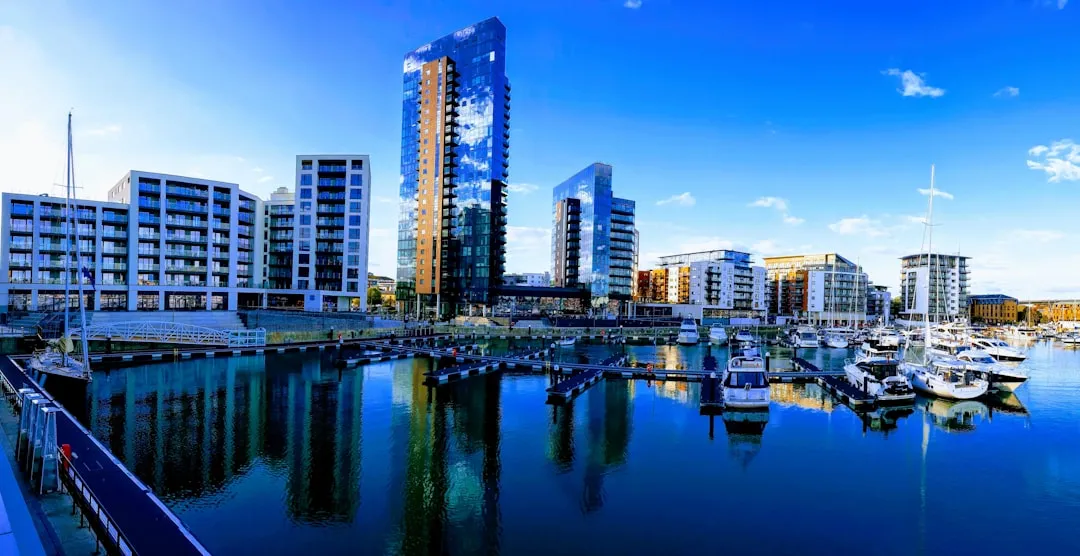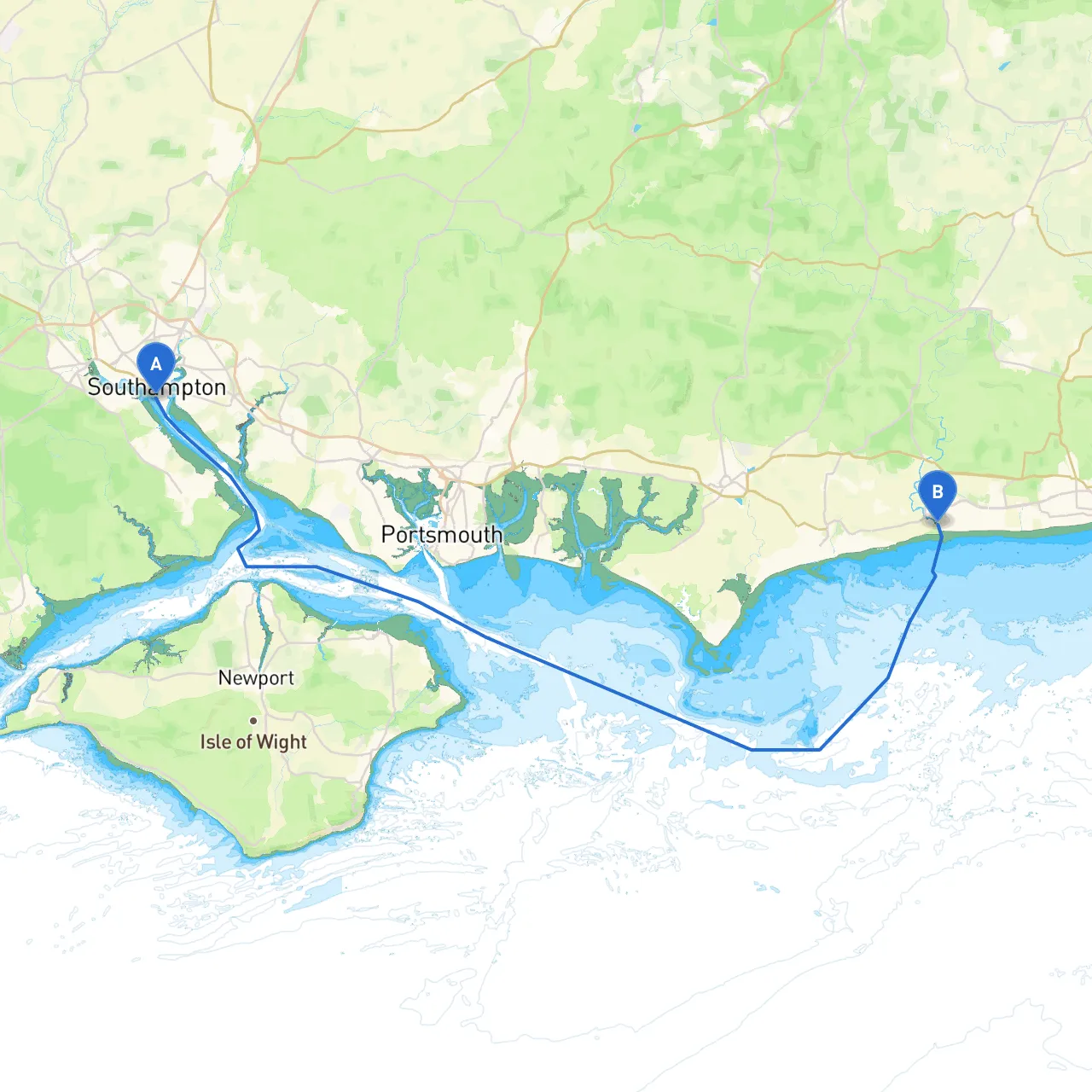

Pilotage Plan from Southampton, GB to Littlehampton, GB
This route from Southampton to Littlehampton offers a blend of stunning natural beauty, diverse marine wildlife, and historical landmarks, providing an enjoyable and safe passage for both seasoned sailors and less experienced boaters. The journey stretches approximately 21 nautical miles along the Solent and into the picturesque coastline of West Sussex.
Coordinates: Longitude -1.4050, Latitude 50.8952 Southampton is a bustling port city known for its maritime heritage. Before departing, ensure your vessel is seaworthy and your navigation equipment is fully operational. Familiarize yourself with the local traffic as this area is frequented by commercial vessels.
1. Hythe Pier: If time allows, consider a brief stop at the iconic Hythe Pier, famous for its Victorian pier railway. This serene spot offers beautiful views back toward Southampton and the Solent.
2. Calshot Castle: This historic castle dates back to the Tudor period and is located near the entrance to the Solent. While you can't land here with a boat, it makes for a perfect backdrop for photos and a great vantage point for a short break.
3. New Forest National Park: As you navigate along the coastline, keep an eye out for the Alderney and Hurst Point areas, where you can appreciate the serene beauty of the New Forest National Park from the water. While you shouldn't navigate very close to Hurst Point due to the strong currents, this region is famed for its unique flora and fauna.
2. Hurst Point Lighthouse: This iconic structure guides vessels through the Solent. Keep the lighthouse to your port side as you approach the Needles Channel.
3. West Medina Light: Maintains your awareness as you maneuver through the channel toward Cowes, where you’ll encounter larger vessel traffic. Maintain a vigilant watch and adhere to the local traffic regulations.
As you round the final bend toward Littlehampton, the entrance is marked by the East Pier and West Pier. Be mindful of the tides, as the entrance can be tricky during low water. The marina here is well-equipped and provides a great resting point after your journey.
This route presents a fantastic opportunity for boaters looking to experience the English coastline, suitable for a range of boating skills. Always prioritize safety, keeping a lookout for unpredictable tidal conditions and weather changes.
For navigation assistance and to check tide data or weather conditions, I highly recommend using apps like Savvy Navvy, along with traditional charts. This app will help you plot your course, monitor your progress, and provide up-to-date information about weather and any navigational hazards along the way.
Happy sailing, and enjoy the unique fusion of coastal beauty and maritime heritage this trip has to offer!